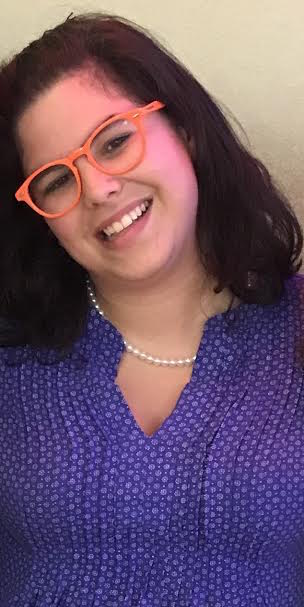Teachers at the Maimonides School integrated students’ knowledge of computer coding with their Judaic Studies content to help students connect with Jewish practice and texts. Students in 2nd-4th grade used Scratchjr, KIBO robots, and the engineering design process to demonstrate their learning in Judaic Studies.
Entry Narrative
Introduction:
One of the biggest questions we face as Jewish educators today is how we can make our students’ understanding of Jewish texts, traditions, and history relevant and meaningful to them. At the Maimonides School teachers work to answer this question by integrating the students’ knowledge of computer coding and robotics to help bring ancient texts into the 21st century. With the help of the schools’ STEM team, the Judaic Studies teachers integrated computer science within their units to create projects where students demonstrated their knowledge of the content being covered in class. Using ScratchJr and KIBO robotics teachers were able to help students bring their knowledge off the page and into the classroom.
Goals
Our goal as a school has been to better integrate STEM into our Judaic Studies classrooms. Students learn programming skills in their science classes, and we want to help them see how these skills can play a role in all of their subject areas. We also want to increase the teachers’ abilities to successfully use the technology in their classrooms. Students should be able to apply their programming skills as well as their expertise with the engineering process across curricular areas.
Providing background:
Last year, the Maimonides Elementary School received a grant geared toward improving our STEM initiative. As part of this grant, the STEM team decided to focus its work on integrating the computer science skills taught in science into all its classrooms with a particular focus on Judaic Studies. Over the last year, the school purchased the materials needed and began working with teachers to help train them, as well as, assist them in creating the projects for each grade level. This initiative was rolled out slowly and will continue for three years to help it truly become an integral part of the curriculum.
Teacher Preparation
Before starting their project, each teacher met with a member of the STEM team to brainstorm which area of their curriculum would be an ideal place for this STEM project. Together a topic and project were chosen based on UBD’s (Understanding by Design) backward mapping. Teachers expressed the goals that they had and crafted their project around them. The specific technology pieces were chosen based on what would help the teacher and students reach those specific goals. Teachers met multiple times with the STEM coordinator to make sure they felt comfortable with the project and to create the plan of how to successfully implement it in the classroom.
In addition, in January, we were visited by Marina Bers, a researcher at Tufts University and co-creator of ScratchJr and KIBO robots. She gave an interactive training to all the Elementary school staff on how to use KIBO so that teachers would feel more comfortable using KIBO in their classrooms.
The Work
In their Judaic Studies classroom, students began each unit by learning the text, or ritual, in-depth. Students then spent about 2-4 weeks breaking apart the text, translating it, and reading commentaries on it. After the teachers felt that the students had been able to truly get inside the text, the STEM coordinator and teacher then worked together to implement their project in the classroom. Here are the outlines of each project, materials students were given, and examples of student work:
Second Grade Project: Shaking the Lulav
Second Grade Project: Garden of Eden Story
Third Grade Project: Avraham and the three guests, Sodom and Gomorrah.
Third Grade Project: Cities in Israel
Fourth Grade Project: Wall of Jericho
Our Reflections:
Overall, it has been amazing to see the growth of both students and teachers during this process. We are now in year two of doing these projects and it has been amazing to see how the teachers have really taken them on. We can see how students are really applying the skills they have learned, and how different and unique each student is when expressing themselves. The one peice that we still want to work on is the time for each project. Making sure students have the time they need to create quality work can be the challenge with all the demands of a dual curriculum.
Entrant Bio(s)
Dani Carrus is the STEM team coordinator at the Maimonides School where she has been working for the last five years. Dani spends her days teaching first grade General Studies, which she loves. Dani has her BA and MA from Brandeis University, including the DeLet Program. She recently received her certification for Early Childhood robotics from Tufts University.

This entry has been tagged with the following terms: